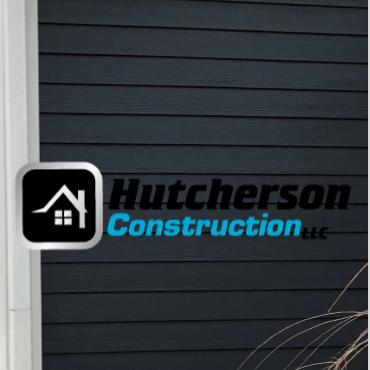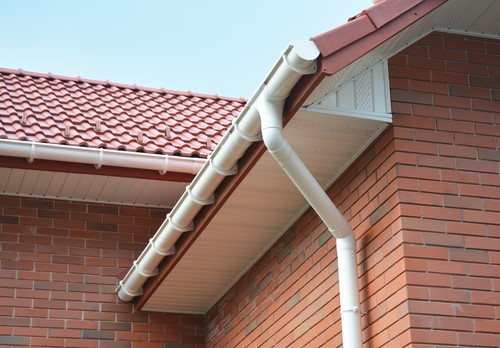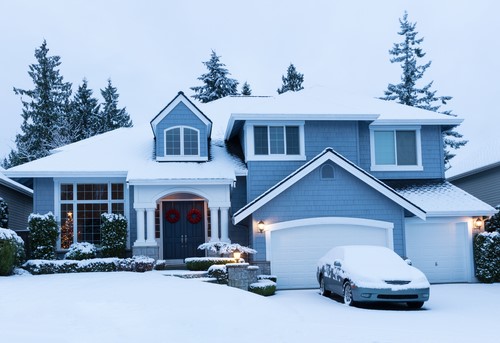A well-maintained deck is a delightful addition to any home, providing a space for relaxation, entertainment, and enjoying the outdoors. However, like any outdoor structure, decks are susceptible to wear and tear, with one of the most common and potentially damaging issues being deck rot. Identifying deck rot early is crucial to prevent further deterioration and ensure the safety and longevity of your deck. In this guide, we'll explore how to recognize signs of deck rot and what steps you can take to address it effectively.
Understanding Deck Rot: Deck rot, also known as wood rot or decay, occurs when wood is continuously exposed to moisture and lacks proper ventilation. This creates an environment conducive to fungal growth, which breaks down the wood fibers, compromising the structural integrity of the deck. Deck rot typically affects areas of the deck that are constantly exposed to moisture, such as the underside of deck boards, support posts, and joists.
Signs of Deck Rot:
- Soft or Spongy Wood: One of the most obvious signs of deck rot is wood that feels soft or spongy to the touch. This usually indicates that the wood fibers have begun to deteriorate due to moisture infiltration.
- Discoloration: Discolored or darkened areas on the surface of the wood can indicate fungal growth and decay. Look for spots that are darker than the surrounding wood or areas where the wood appears waterlogged.
- Cracks and Splits: As wood rot progresses, the affected areas may develop cracks, splits, or fissures. These can weaken the structural integrity of the deck and provide entry points for further moisture infiltration.
- Foul Odor: A musty or moldy odor emanating from the deck can be a sign of advanced wood rot. This odor is often indicative of fungal growth within the wood fibers.
- Flaking or Peeling Paint/Stain: If your deck is painted or stained, flaking or peeling in certain areas can indicate underlying moisture issues and potential deck rot.
Inspecting Your Deck: Regular inspections are essential for detecting deck rot early and preventing further damage. When inspecting your deck, pay close attention to the following areas:
· Underneath the deck boards, especially near the support posts and joists
· Areas where the deck comes into contact with the ground or other structures
· Any areas where water may collect or pool, such as around fasteners or joints
Addressing Deck Rot: If you suspect deck rot, it's essential to address the issue promptly to prevent further damage and ensure the safety of your deck. Depending on the severity of the rot, you may need to take the following steps:
- Replace Damaged Wood: Remove and replace any wood that shows signs of rot, including deck boards, support posts, and joists. Be sure to use pressure-treated or rot-resistant lumber for replacements.
- Improve Drainage and Ventilation: Address any underlying issues that may be contributing to moisture buildup, such as poor drainage or inadequate ventilation. Consider installing a drainage system or adding vents to improve airflow beneath the deck.
- Apply Wood Preservatives: Treat the remaining wood with a wood preservative or sealant to protect against future moisture damage and fungal growth.
- Regular Maintenance: Keep your deck well-maintained by regularly cleaning and sealing the wood, inspecting for signs of damage, and addressing any issues promptly.

Deck rot is a common issue that can compromise the safety and longevity of your deck if left unchecked. By knowing how to recognize the signs of deck rot and taking proactive steps to address the issue, you can ensure that your deck remains a beautiful and functional outdoor space for years to come. Regular inspections, proper maintenance, and timely repairs are key to preserving the integrity of your deck and enjoying it safely for many seasons.
Subscribe to Hutcherson Construction's Blog







Comments